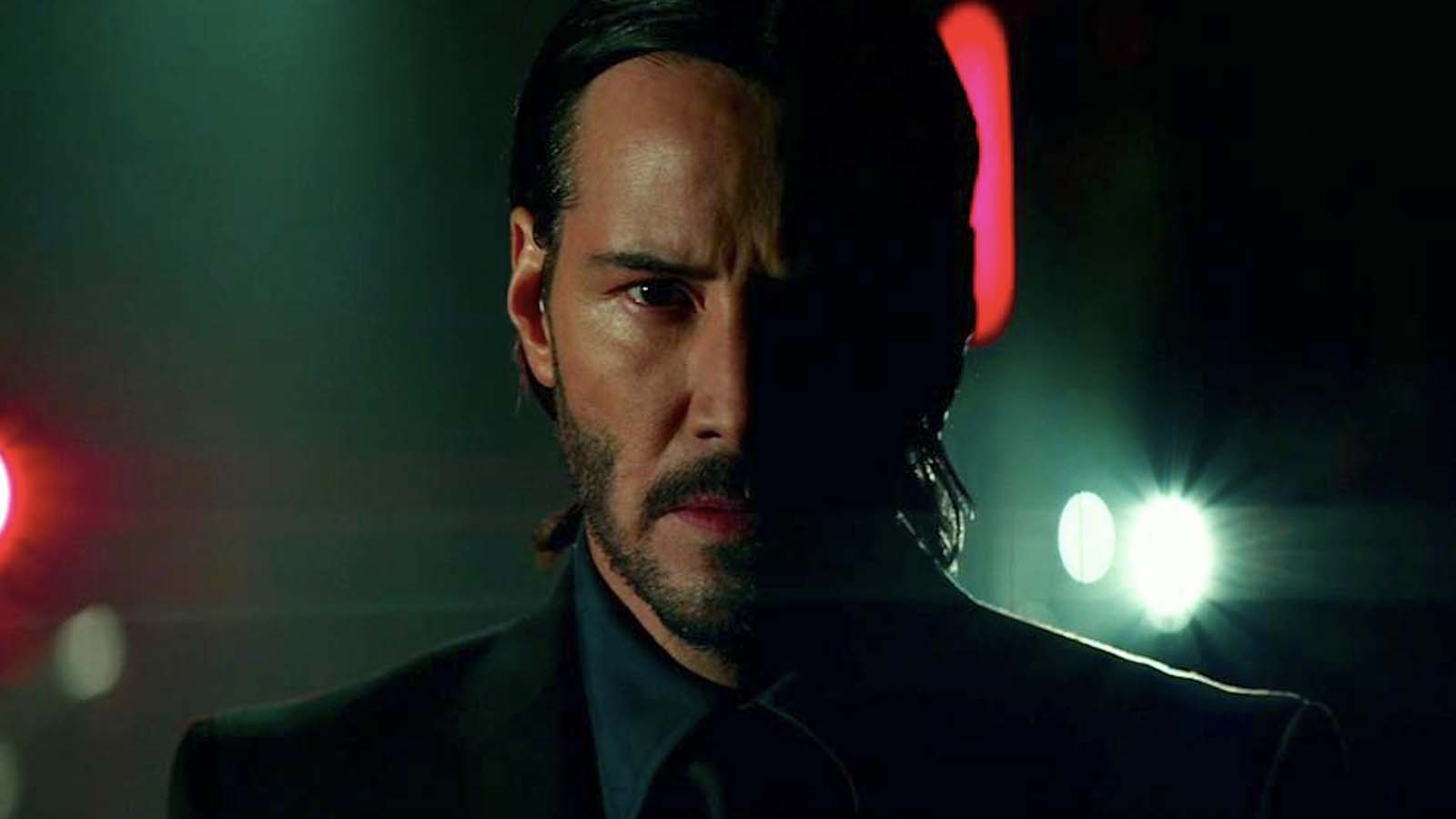In the world of filmmaking and photography, capturing stunning visuals is essential for effective storytelling. One powerful technique that significantly contributes to visual storytelling is color grading. Whether it’s a movie, a television series, or a photograph, color grading plays a pivotal role in shaping the narrative, setting the mood, and evoking emotions. In this blog post, we will explore what color grading is and delve into its importance in enhancing storytelling.


Understanding Color Grading:
Color grading is the process of manipulating and enhancing the colors of a visual medium, such as a film or a photograph, during post-production. It involves adjusting various aspects of color, including brightness, contrast, saturation, and hue, to achieve a desired look and feel. With color grading, filmmakers and photographers can create a consistent and harmonious visual style that aligns with their storytelling objectives.
Colors also a very good medium to express emotions like sound did in films. For an example, if you see all Hollywood movies are not in same color tone, all are different. Some Production Houses also use certain color theme to define their movie style or separate them from other movies like DC, Marvel and so on. If you see the Matrix movie, they used complete green color tone in entire movie and if you compare that with the movie story, the film was based on a digital world. Digit world is different from normal world, so, to create that difference they used green color unnaturally.


We also called color grading as DI (Digital Intermediate) means a process through which we enhance the color tone of a movie and give it aesthetically appropriate look.
Importance in Storytelling:


Setting the Mood:
Colors have the power to evoke specific emotions and set the mood for a scene or an entire story. Warm tones like red and orange can create a sense of warmth and intimacy, while cool tones like blue and green can evoke a feeling of calmness or mystery. By carefully selecting and grading colors, filmmakers can enhance the emotional impact of a scene, making the audience more engaged and invested in the story.
Enhancing Visual Narrative:
Color grading can help convey the passage of time, shift between locations, or highlight important elements in a visual narrative. For example, desaturated or muted colors can be used to depict a flashback or a dream sequence, while vibrant and saturated colors can be employed to accentuate important objects or characters. Through color grading, filmmakers can guide the audience’s attention and emphasize key story elements, contributing to a more immersive storytelling experience.
Establishing Visual Consistency:
Consistency in visual presentation is crucial for maintaining a coherent storytelling experience. Color grading allows filmmakers and photographers to establish a consistent look and feel throughout a project, ensuring that every frame contributes to the overall narrative. Whether it’s a gritty and desaturated aesthetic for a crime thriller or a bright and colorful palette for a romantic comedy, color grading helps create a distinct visual identity that supports the intended storytelling approach.


Creating Symbolism and Metaphor:
Colors can be used symbolically to convey deeper meanings and metaphors within a story. For instance, the gradual shift from warm to cold colors can represent a character’s emotional journey or a transformation in the plot. By leveraging color grading techniques, filmmakers can enhance the subtext and subliminal messaging within their stories, making them more thought-provoking and visually compelling.
Conclusion:
Color grading is a powerful tool that can elevate the visual storytelling experience. From setting the mood and enhancing the narrative to establishing visual consistency and creating symbolic layers, color grading adds depth and richness to the visual medium. By harnessing the emotional impact of colors, filmmakers and photographers can evoke strong emotional responses and captivate audiences on a deeper level. So, next time you watch a film or look at a photograph, pay attention to the colors used—because they might just be telling you a story of their own.

